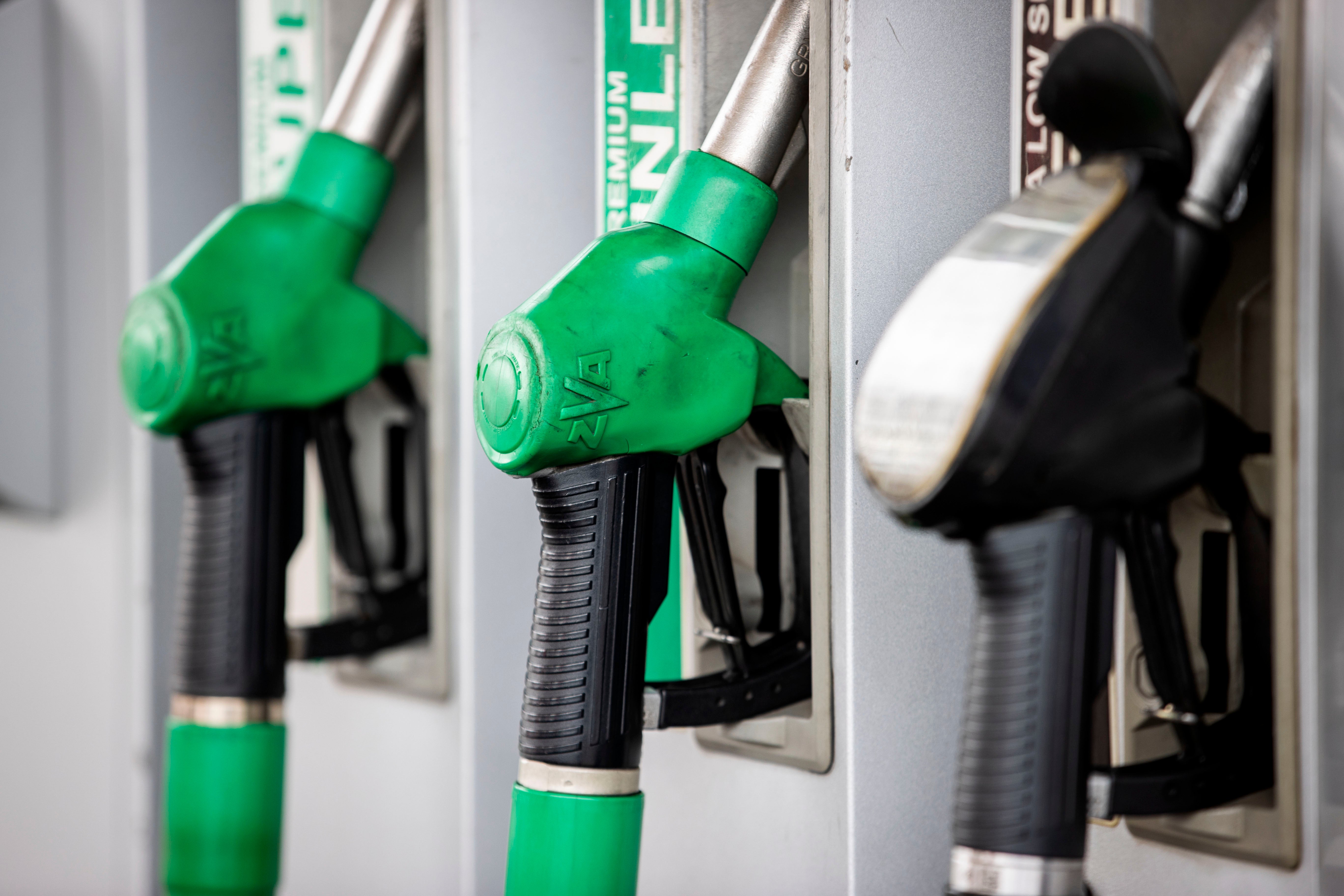New cleaner petrol rolled out in UK but quarter of drivers unaware of it
Department for Transport hopes changes could cut transport CO2 emissions by 750,000 tonnes a year

Your support helps us to tell the story
From reproductive rights to climate change to Big Tech, The Independent is on the ground when the story is developing. Whether it's investigating the financials of Elon Musk's pro-Trump PAC or producing our latest documentary, 'The A Word', which shines a light on the American women fighting for reproductive rights, we know how important it is to parse out the facts from the messaging.
At such a critical moment in US history, we need reporters on the ground. Your donation allows us to keep sending journalists to speak to both sides of the story.
The Independent is trusted by Americans across the entire political spectrum. And unlike many other quality news outlets, we choose not to lock Americans out of our reporting and analysis with paywalls. We believe quality journalism should be available to everyone, paid for by those who can afford it.
Your support makes all the difference.Petrol filling stations in Britain are this month being stocked with a cleaner, more eco-friendly form of fuel as part of a government drive to reduce emissions and tackle climate change.
The fuel, known as E10 petrol, contains up to 10 per cent ethanol compared with the 5 per cent in the petrol already in use across the country.
But nearly a quarter of motorists are unaware of E10 and nearly a third do not know if it is compatible with their vehicle, according to a RAC survey.
Higher levels of ethanol, made from various plants materials, means fewer fossil fuels are used in the production of the petrol, which is better for the environment.
Forecourts will clearly label pumps as either E10 or E5 and it is hoped drivers will choose the more eco-friendly version.
Diesel fuel will not be changing and the new petrol won't appear at Northern Ireland's filling stations until next year.
The government wants E10 to become the standard fuel grade for drivers.
The Department for Transport (DfT) says around 95 per cent of petrol-powered vehicles on the road are compatible with E10 petrol.
But older vehicles, around 600,000 cars, are not compatible. Owners of those vehicles can continue to access E5 by purchasing super unleaded which costs an average of 8.7p a litre more than standard petrol, according to AA figures.
Motorists can use the government's online E10 checker to find out if their vehicle can be filled with E10.
The DfT claims the changes could cut transport CO2 emissions by 750,000 tonnes a year – the equivalent of taking 350,000 cars off the road, or all the cars in North Yorkshire.
Grant Shapps, the transport secretary, said: "Every journey matters as we drive forward the green industrial revolution, which is why the rollout of E10 is so important.
"It'll help us cut road greenhouse gas emissions and meet our ambitious net zero targets.
"Although more and more drivers are switching to electric, there are steps we can take today to reduce emissions from the millions of vehicles already on our roads.
"The small switch to E10 petrol will reduce greenhouse gas emissions as we accelerate towards a greener transport future."
However, 24 per cent of drivers are unaware of E10 and nearly a third do not know if it is compatible with their vehicle, according to a RAC survey.
Nicholas Lyes, the firm's head of policy, said: "E10 petrol has already started appearing on forecourts to replace the old E5 blend, and that process will continue at pace in the coming weeks.
"But while the vast majority of drivers of petrol cars aren't affected, a sizeable minority will be and the only way to be sure is to use the official online checker."
Edmund King, AA president, said: "This is a positive and simple step to help reduce the carbon impact from road transport.
"While the vast majority of vehicles will be unaffected by the change, it is important for owners of older cars to use the government's vehicle checker to see if they can use E10.
"Even if E10 is put in a non-compliant vehicle, drivers should not panic and can simply put super unleaded in their tank at the next available opportunity.”
Join our commenting forum
Join thought-provoking conversations, follow other Independent readers and see their replies
Comments